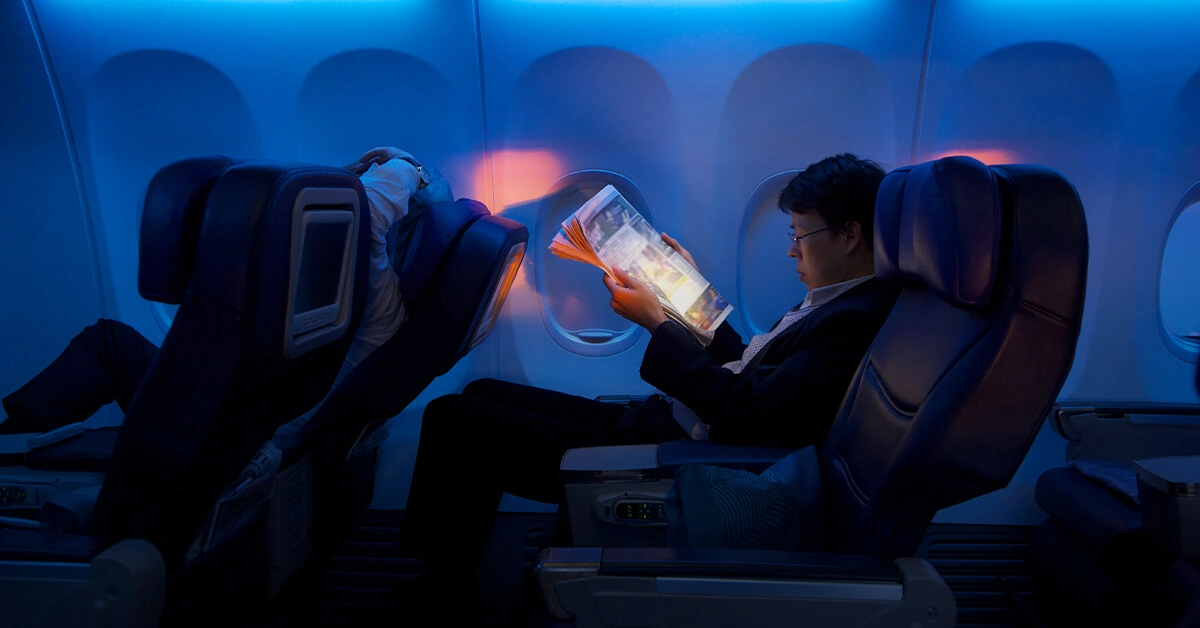This is the second post in our 6-part series based on a white paper with Harvard Business Review Analytic Services in association with U.S. Bank that examines the growing use of automation to manage corporate T&E.
The need for unified travel solutions is growing with the rise of business travel, which has picked up steadily since the pandemic. And, with the rise of hybrid and remote work, many companies have had to revise travel policies to clarify travel purpose, frequency, and permitted expenses, especially for internal face-to-face meetings.
>> Related: 9 Easy T&E Policy Updates that Rein in Costs <<
But in addition to monitoring why people are traveling for work (and how much they’re spending) organizations need to re-examine how these kinds of consistent and/or large group travel burdens admin functions. When a substantial number of workers regularly travel and submit expense reports, a unified management platform provides real-time visibility into spending, with less effort than integrating multiple applications. And it reduces the effort required to monitor and enforce volume discount arrangements.
What to Look for in a Travel Booking Platform in 2024?
The best travel-booking platforms integrate controls and workflows into one unified environment that simplifies card management, expense reporting, and travel booking.
- On the front end, these platforms include a convenient app for booking travel on a phone or computer, similar to what consumers would experience with Expedia, Tripadvisor, Orbitz, Kayak, and other popular travel-booking services.
- On the back end, these booking tools share data and orchestrate handoffs among critical business functions such as expense management, travel management, and accounts payable.
- Program administrators can set controls to restrict purchases to specific vendors in specific categories. This allows them to avoid noncompliant spending, enforce per diem limits, and enable cost-effective T&E management.
- And access to real-time travel and expense data gives the finance team greater control over travel budgets and makes it easier to control employee purchases.

Read the entire series with Harvard Business Review Analytic Services >




